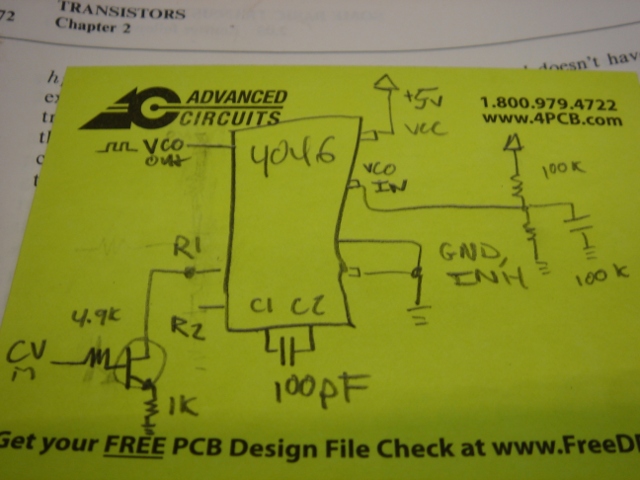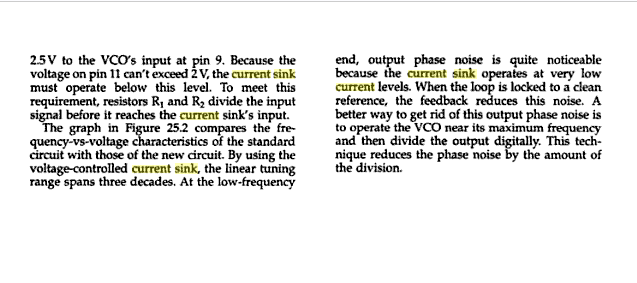It was with great pleasure that I posted the initial list of hardware features that will make it into the next hardware revision of WTPA on the Narrat1ve forum. Until you start seeing boards rolling out, there’s still time to change this stuff, so feel free to let me know what you think and what you’d like to see.
Here they are, as well as what they do for the kit and what they’ll do to the price:
================================================================
1.) WTPA 2 will have 8 controller buttons and not six (the very first one had 5 I think). This will allow us to avoid the dreaded 3-button combo when accessing functions. However, this means two more buttons, and one more shift register IC and socket. This costs more.
2.) There will be a through hole RAM chip. This means the whole kit will be through hole (no smt). This will probably cost about the same, but the board will need to get a little bigger.
3.) The analog sample clock will be based on a 4046 and not an op-amp relaxation oscillator. I can do this because I don’t need the extra op-amp section for overdubbing. This will cost a little less and will also allow CV input to the clock.
4.) The control pot will be replaced with an endless rotary encoder. This will help in all kinds of subtle ways. This may cost a hair more. Given enough pins, I may add a second encoder.
5.) The MCU will be either an Atmega644p or 324p, simply because I want the freedom to add new functions and we’re pretty much out of flash memory on the 164. This will also give us more RAM which may help some of the granularizing functions, and may be able to help with ISR speed if I’m smart about buffering. Those chips are still a 40-pin dip. They cost more.
6.) Some of the values in the analog section will change, which will result in slightly more headroom. This will probably cost about the same.
7.) The bus which is just hanging out doing nothing on the v1 WTPA will be used to access permanent memory. There will be an optional daughterboard which will contain a flash memory chip and will be able to store either 8, 16, or 32 samples depending on how some pricing and availability works out for me. I _might_ implement a sample loader via MIDI. Maybe. The daughterboard will come assembled (all that stuff is small smt biz) and will cost more than $20. Not sure how much more. So permanent storage will be optional.
8.) Instead of a hardware goodie bag, there will be another optional board which will have PCB mounted jacks for MIDI, Audio, and DC. Second to the RAM chip, most build problems in V1 were in the wiring. This should eliminate that problem. This board will mount under the main board. This will _probably_ be more expensive than the goodie bag, but may not be depending on some of the jack pricing.
9.) The routing from the input amp to the AVR will change A LOT. This should lower the noise floor a little.
10.) Because of all these changes, the board will be bigger. Probably not a lot bigger, though. My guess is the price will go up a little too.




